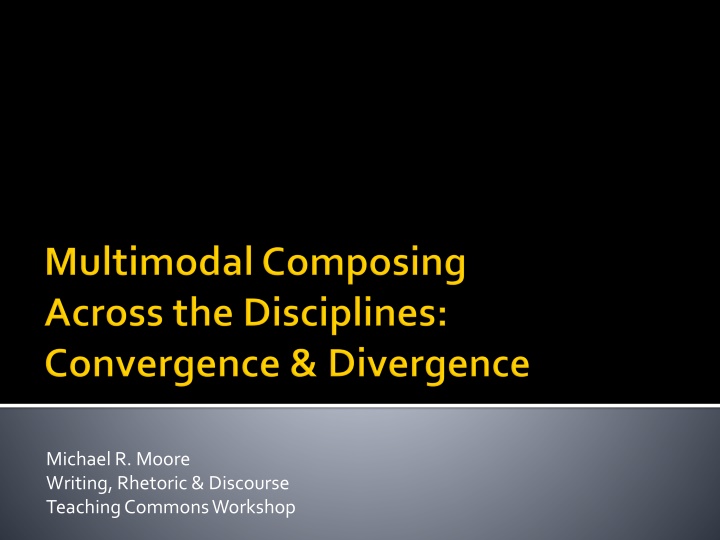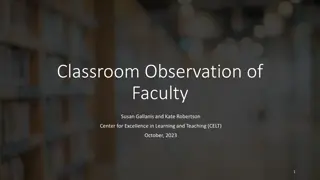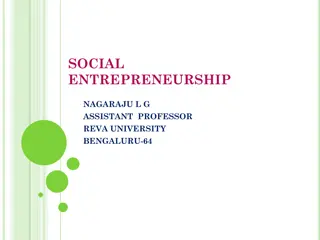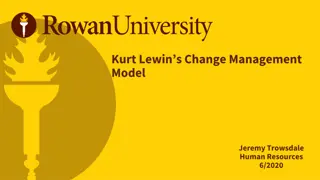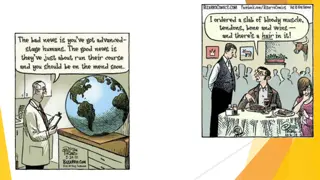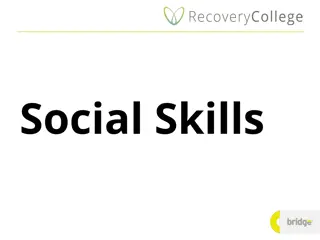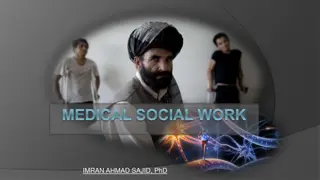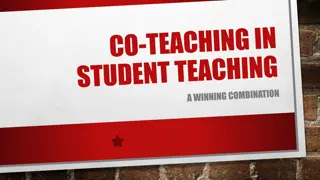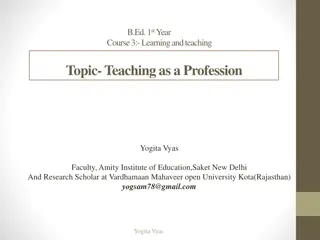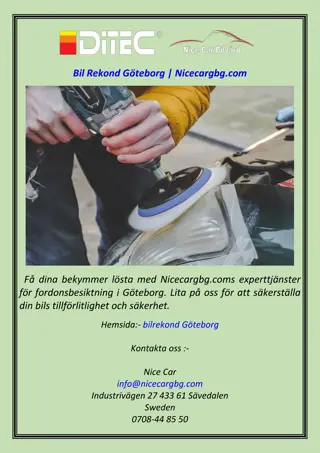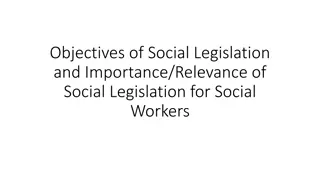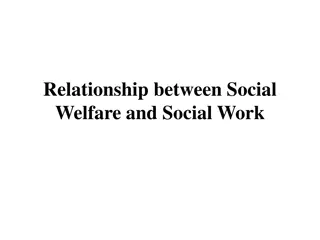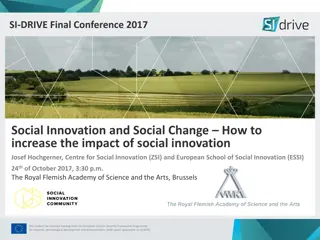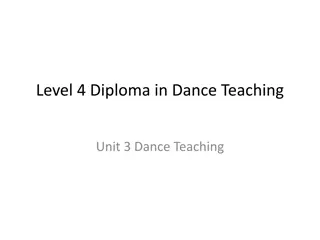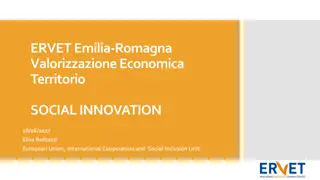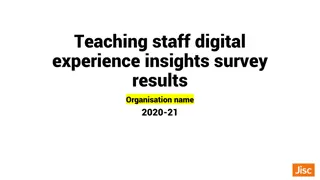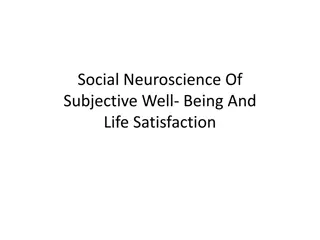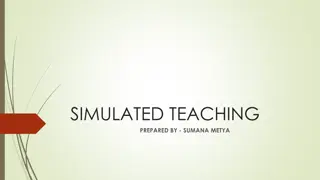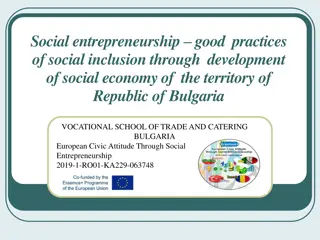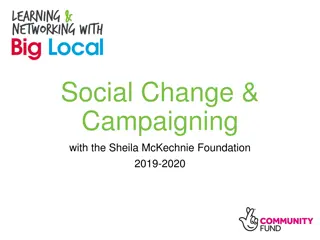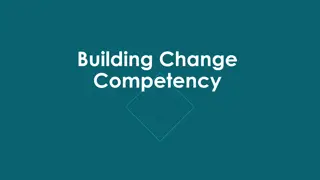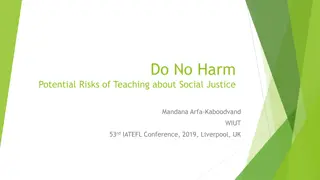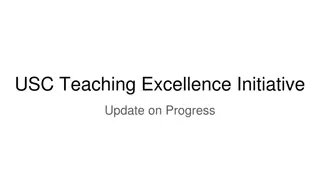Teaching Multiliteracies for Social Change
The content discusses the importance of multiliteracies in addressing diverse social futures and the role of academic essays in fostering communication across various modalities. It emphasizes the need for educators and students to engage actively as designers of social futures, considering semiotic resources like language, gestures, images, and everyday objects. With the evolution of technology, the ability to read and compose using multiple modalities is crucial for effective communication in digital networks. The potential of combining images with words is highlighted, showcasing the multimedia nature of literacy in modern contexts.
Download Presentation

Please find below an Image/Link to download the presentation.
The content on the website is provided AS IS for your information and personal use only. It may not be sold, licensed, or shared on other websites without obtaining consent from the author.If you encounter any issues during the download, it is possible that the publisher has removed the file from their server.
You are allowed to download the files provided on this website for personal or commercial use, subject to the condition that they are used lawfully. All files are the property of their respective owners.
The content on the website is provided AS IS for your information and personal use only. It may not be sold, licensed, or shared on other websites without obtaining consent from the author.
E N D
Presentation Transcript
Michael R. Moore Writing, Rhetoric & Discourse Teaching Commons Workshop
(What is the Role of the Academic Essay and Why Do We Teach It?)
Multimodaldiagram.jpg Textual, aural, linguistic, spatial, material, gestural and visual resources A Pedagogy of Multiliteracies: Designing Social Futures. Harvard Educational Review, 1996.
We decided to use the term "multiliteracies" as a way to focus on the realities of increasing local diversity and global connectedness Indeed, these are fundamental issues about our future. In addressing these issues, literacy educators and students must see themselves as active participants in social change, as learners and students who can be active designers -makers- of social futures. We decided to begin the discussion with this question of social futures.
These semiotic resources surrounding us include obvious modes of communication such as language, gesture, images and music, but also less obvious ones such as food, dress and everyday objects, all of which carry cultural value and significance. Theo Van Leeuwen. Introducing Social Semiotics. Routledge, 2004.
In an increasingly technological world, students need to be experienced and skilled not only in reading (consuming) texts employing multiple modalities, but also in composing in multiple modalities, if they hope to communicate successfully within the digital communication networks that characterize workplaces, schools, civic life, and span traditional cultural, national, and geopolitical borders. The authoring of compositions that Include still images, animations, video, and audio although intellectually demanding and time consuming is also engaging. Takayoshi and Selfe. "Thinking about Multimodality (2006)
Images and words have long coexisted on the printed page and in manuscripts, but relatively few people possessed the resources to exploit the rhetorical potential of images combined with words. My argument is that literacy has always been a material, multimedia construct but we only now are becoming aware of this multidimensionality and materiality because computer technologies have made it possible for many people to produce and publish multimedia presentations. Lester Faigley, Material Literacy and Visual Design. (1998)
When students are called upon to work within a multimodal task-based framework, questions associated with materiality and the delivery, reception, and circulation of texts, objects, and events are no longer viewed as separate from or incidental to the means and methods of production, but as integral parts of invention and production processes. Shipka, A Multimodal Task-Based Framework for Composing. Toward a Composition Made Whole, 2011.
But while the participant from the December workshop and I may have been looking at the same pair of shoes, what we were seeing, and so understanding, about this particular text and its communicative potentials differed considerably (2). Jody Shipka, Toward a Composition Made Whole, 2011. http://remediatethis.com/student/index.html http://composing.org/digitalwrd/faigley-shipka/
Shipka: Statements of Goals & Choices Remixing the New York Times Rather than requiring students to produce a thesis-driven, linear print essay that is, more often than not, intended for the instructor alone, students approach this objective by contextualizing it in ways that are of interest or importance to them. They decide how, why, where, and even when that argument based on specific readings will be experienced by its recipient(s). The operations, processes, methodologies that will be (or could be) employed in generating that product The resources, materials, and technologies that will be (or could be) employed in the generation of that product The specific conditions in, under, or with which the final product will be experienced
